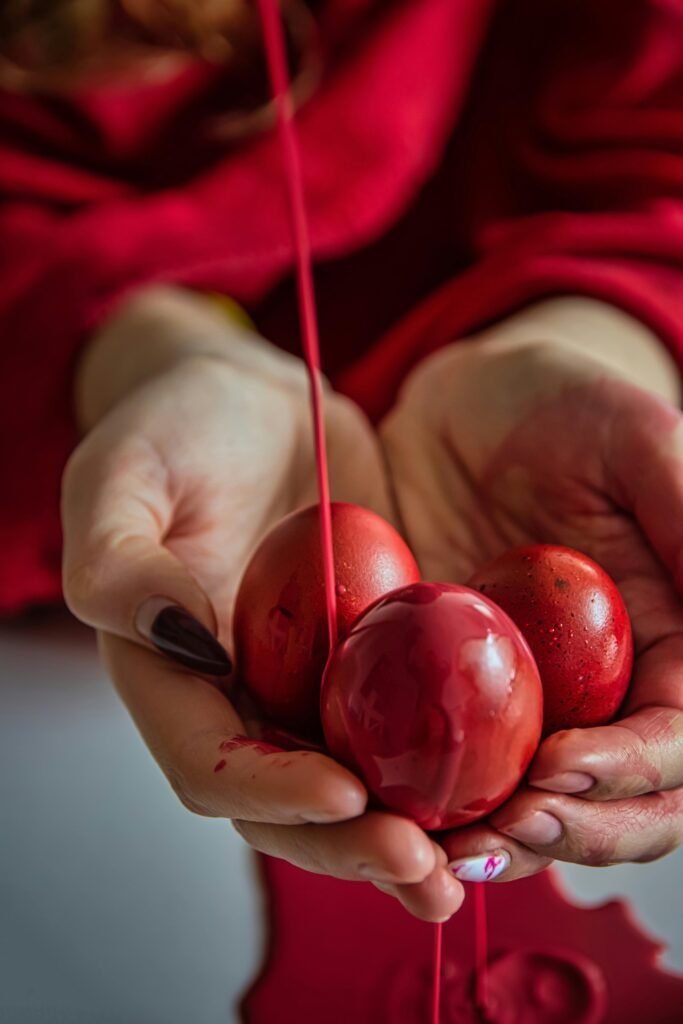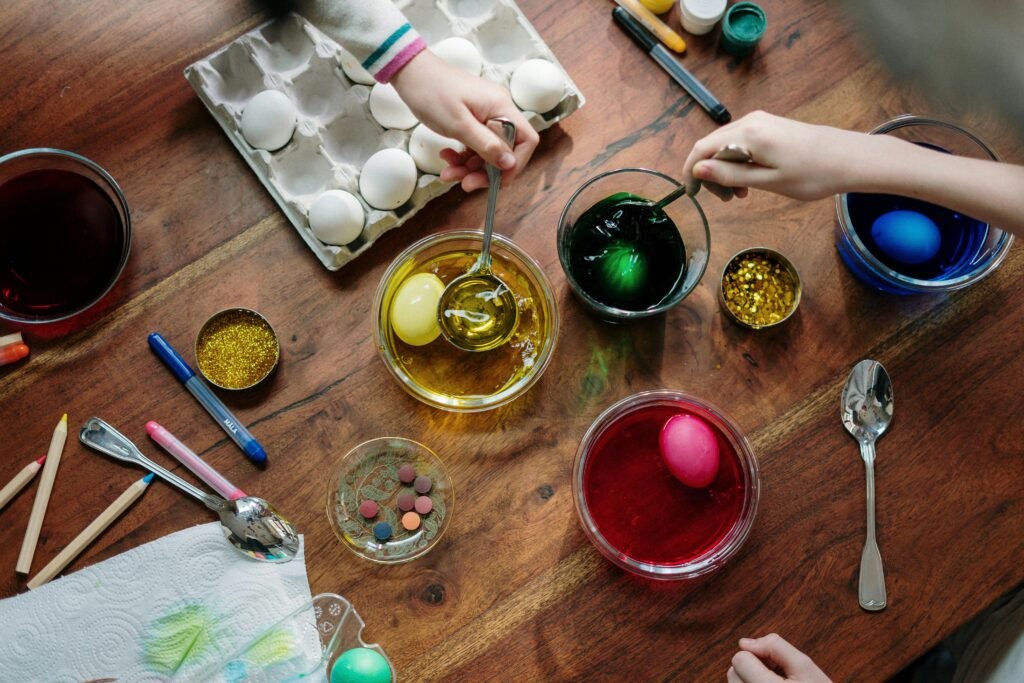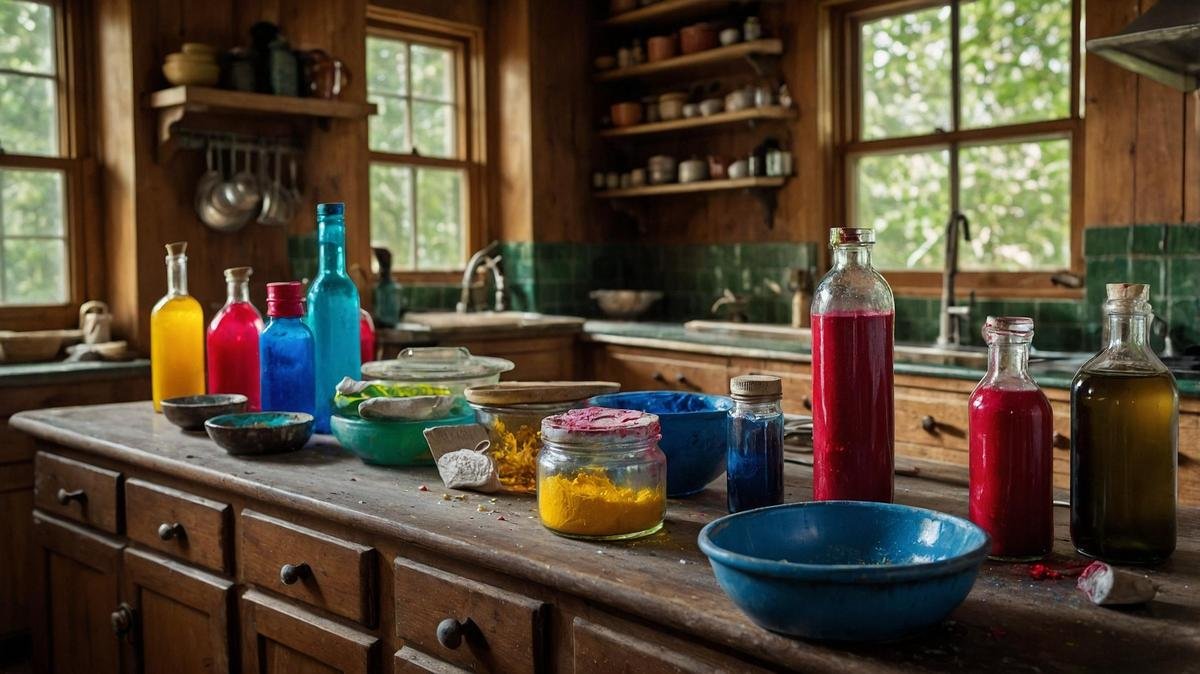TL;DR:
- Food coloring types: liquid (2-3 years), gel (up to 4 years), powdered (3-5 years).
- Expiration dates depend on the brand; check labels (e.g., Wilton, Americolor).
- Store in cool, dark places (60°F-75°F), tightly sealed, preferably in glass containers.
- Signs of expiration: clumpy texture, strange smell, faded color.
- While often safe post-expiration, quality may degrade, affecting food appearance and taste.
- Dispose of expired dye responsibly—do not pour down the drain.
- Creative uses for expired dye: crafts, homemade play dough, soaps.
- Chefs recommend testing before use; if in doubt, buy fresh dye.
Does Food Coloring Expire? How to Keep Your Kitchen Safe
Are you staring at that old bottle of food coloring in your pantry, wondering if it’s still good? You’re not alone! Many home bakers and cooks want to ensure their ingredients are safe without dealing with expired products.
According to Emily Pecoraro from Emily Enchanted, she states “Eggs and butter last longer than a week in the fridge, so I keep a magnetized notepad on the side of the refrigerator with a list of expiration dates.”
This is a great tip for tracking the freshness of ingredients like food coloring to ensure your baking supplies are always at their best.
Now, let’s dive into everything you need to know about food coloring expiration, how to store it, and tips to keep your treats looking vibrant and safe.
Understanding Food Coloring Expiration
Types of Food Coloring and Their Shelf Lives
Food coloring comes in three primary forms: liquid, gel, and powdered. Each has a different shelf life:
- Liquid: Typically lasts 2-3 years.
- Gel: Can last up to 4 years.
- Powdered: Remains suitable for about 3-5 years if stored correctly.
The brand also matters. Popular names like Wilton or Americolor often provide expiration dates on their labels. Check these dates before use, especially if your food coloring has been in your pantry for a while.
Factors That Affect Longevity
Several factors can impact how long your food coloring stays fresh:
- Exposure to heat or sunlight: This can cause colors to fade or change.
- Storage conditions: Keeping food coloring in a cool, dark place extends life.
Even after the expiration date, food coloring might still be safe, though it could lose its vibrancy. Watch for signs like clumping, an off smell, or a color change—these are red flags that it’s time to toss out.
Risks of Using Expired Food Coloring

Is It Safe to Use?
Expired food coloring is usually not harmful, but it may not perform as well. The color might not be as bright, and it could even alter the taste of your food. If you notice that your dye has thickened or separated, it’s best to throw it away.
What Could Go Wrong?
Consuming expired dye isn’t likely to cause severe health issues, but it could spoil the taste of your dish. The U.S. Food and Drug Administration or FDA regulates food dyes to ensure safety when used correctly, but this focus is more on fresh products than expired ones.
Natural vs. Synthetic Dyes
Natural food colors are often perceived as safer, with fewer chemicals involved. However, they can still go bad. Always check the expiration date and storage guidelines to ensure you’re using the best ingredients.
Storing Food Coloring for Maximum Freshness
Tips for Proper Storage
- Keep it cool: Store food coloring in a cool area between 60°F and 75°F. Avoid placing it near heat sources like stoves or windows.
- Seal it tightly: Air and moisture can ruin food coloring. Ensure the container is tightly sealed after each use.
- Choose the right container: Glass containers are ideal for blocking light, but high-quality plastic can also work.
Always inspect your food coloring for signs of spoilage. If it smells odd, looks clumpy, or has an off-color appearance, it’s probably time to replace it.
How to Check Food Coloring Quality Before Use
Quick Quality Checks
Before using food coloring, take a moment to check for:
- Color: Is it as vibrant as it should be? If it looks faded or separated, it may be past its prime.
- Consistency: If liquid dyes are clumpy or have sediment, it’s probably bad.
- Smell: Trust your nose! A strange odor is a strong indicator that the dye has gone off.
Testing a small amount on white paper can also help you see if it’s still vibrant enough for your needs.
What Happens to Food Coloring Over Time?

Fading and Other Changes
Food coloring can fade, especially when exposed to light and heat. This is particularly true for gel food dyes. Baking with these can also alter their color, while icing tends to hold color better.
Comparing Different Types of Food Coloring
- Liquid: Shorter shelf life, easy to mix.
- Gel: Thicker, more vibrant, but sensitive to heat.
- Powdered: Long-lasting if stored properly.
Natural dyes often fade faster but are preferred for health reasons, while synthetic dyes tend to stay bright longer.
What to Do with Expired Food Coloring
Can You Still Use It?
You can use expired food coloring cautiously, but be prepared for less vibrant results. If it looks and smells fine, you can do a small test. However, if it’s past its prime, it’s using it for non-food purposes, like crafts, is better.
Creative Ways to Repurpose
Expired food coloring can be used in crafts, such as coloring homemade play dough or adding tint to homemade soaps and candles.
Safe Disposal
If you need to dispose of expired food coloring, don’t pour it down the drain. Instead, seal it and throw it in the trash to avoid contaminating water sources.
Keeping Your Kitchen Safe and Colorful
In conclusion, understanding food coloring expiration is key to safe and vibrant baking.
Following proper storage tips and checking the quality before use ensures your ingredients are always up to par.
Choose trusted food coloring brands and practice good storage habits to enjoy beautiful and safe culinary creations.

